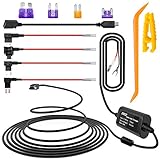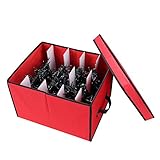iiwey Dash Cam Hardwire Kit with Mini/Micro Port, 13ft Dashboard Camera Car Charger Cable Kit 12V- 24V to 5V, Power Adapter with LP/Mini/ATO/Micro2 Fuse for Dash Cam, GPS Navigator, Radar Detector
Appliances
Arts, Crafts & Sewing
Automotive
Baby
Beauty
Books
CDs & Vinyl
Collectibles & Fine Arts
Cell Phones & Accessories
Clothing, Shoes & Jewellery
Computers
Electronics
Health & Personal Care
Home & Kitchen
Industrial & Scientific
Luggage & Travel Gear
Musical Instruments
Office Products
Patio, Lawn & Garden
Pet Supplies
Software
Sports & Outdoors
Tools & Home Improvement
Toys
Video Games











